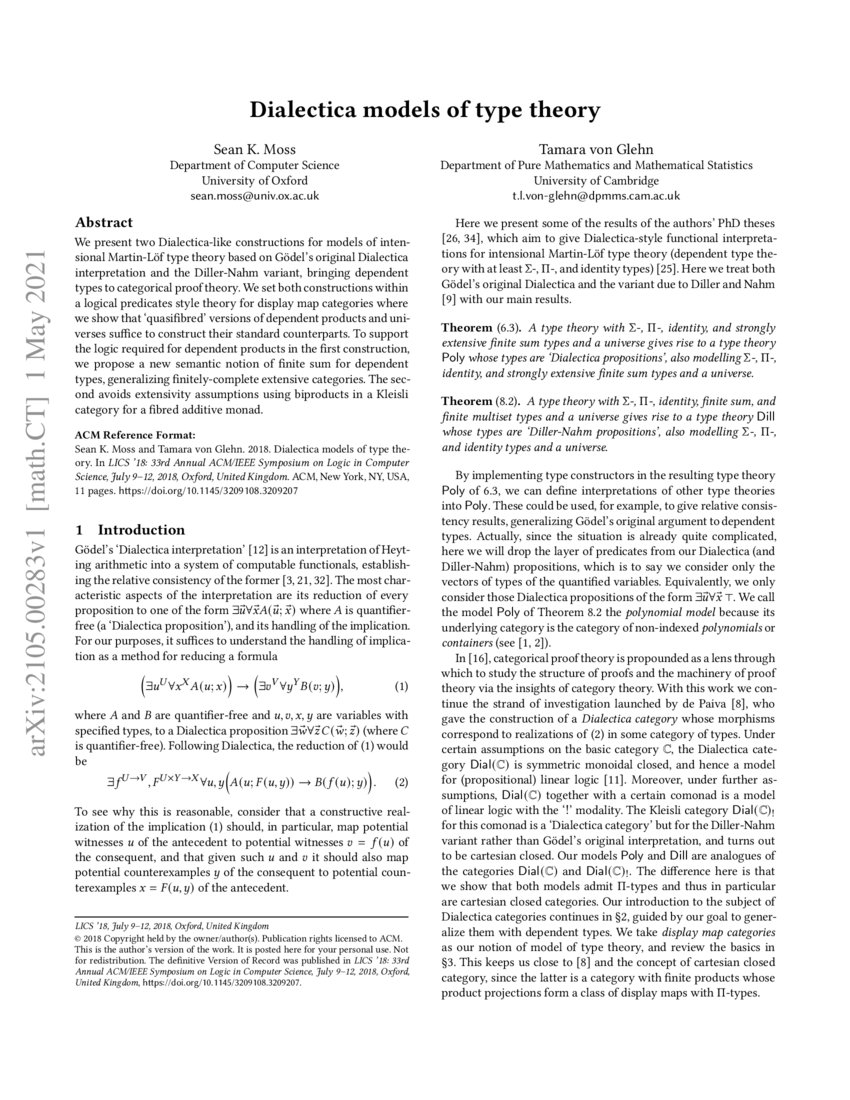Model Complete Theory: Understanding Complete Models in Model Theory

In the world of mathematics and logic, model theory is a branch that deals with mathematical structures and their interpretations, especially in relation to logic. It’s concerned with the study of mathematical models and their relationships in a logical language.
One important concept in model theory is the idea of model completeness. So what exactly is a model complete theory? It’s a type of first-order theory in model theory where every embedding of models is an elementary embedding.
But what does that mean exactly? Let’s start with some definitions. In model theory, a structure is a set with a collection of relations and functions on that set. A model is a structure that satisfies a certain set of axioms in a logical language. And an embedding is a function that preserves the relations and functions of a structure.
Now, onto the concept of elementary embeddings. An elementary embedding is a type of embedding that preserves the truth of all logical sentences between two structures. In other words, if two structures have the same logical sentences, then an elementary embedding between them preserves that truth.
So, what does it mean for a theory to be model complete? Essentially, it means that every embedding of models between different structures in the theory is an elementary embedding. This can have important implications for the theory, as it allows for more precise and rigorous proofs and calculations.
Model complete theories have been studied in various mathematical areas, including algebra, geometry, and number theory. They are often used for proving theorems about mathematical structures, as well as for understanding the properties of sets and their relations.
One notable example of a model complete theory is the theory of real closed fields. This theory deals with the real numbers and their algebraic properties, and is model complete. This means that any two models of the theory, with an embedding between them, must be elementary. This allows for the use of powerful tools such as quantifier elimination and elimination of imaginaries.
Another example of a model complete theory is the theory of differentially closed fields. This theory studies fields with differential operators, and is also model complete. This has important applications in the study of algebraic geometry and differential equations.
Model complete theories are also closely related to the concept of completeness in logic. A theory is said to be complete if it can determine the truth or falsehood of every logical sentence in its language. This is important for understanding the properties and relationships between different structures in the theory.
In conclusion, the concept of model complete theory is a fundamental concept in model theory. It ensures that every embedding between models is an elementary embedding, allowing for more precise and rigorous proofs and calculations. Model complete theories have important applications in various mathematical areas, including algebra, geometry, and number theory. They are a crucial tool for understanding the properties and relationships between different structures in a logical language.